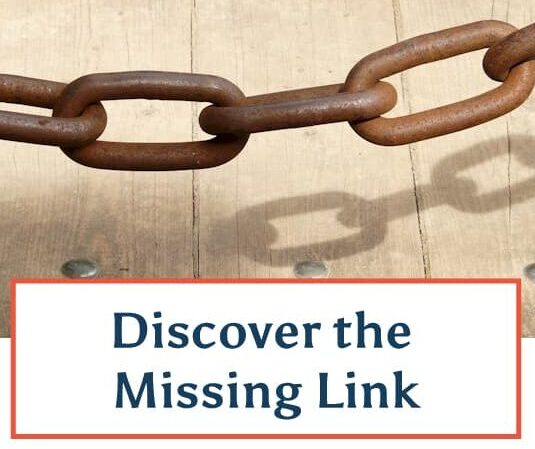Wouldn’t you love it if you could close every sale with a new customer in 30 minutes or less?
But that rarely happens. A sales cycle can last up to six months, depending on how much research the potential customer has done before he or she comes to you.
Before customers are ready to sign on the dotted line, they first must go through a well-researched route to purchasing products and services, called the Buying Cycle. You need to nurture these potential clients and help them along this route to ultimately choosing the solution you’re offering them.
Studies show that 79% of website visitors aren’t ready to buy. They’re somewhere else within the buying cycle. They may not be aware of the scope of their problem, and may simply be in the early stages of researching a possible solution.
Even if they’re not ready to buy, it doesn’t mean there isn’t an opportunity for you as a business owner. If you continue to educate them and nurture those leads – wherever they are in the buying cycle – you’ll be at the top of their minds when they’re ready to buy.
The Buying Cycle
The typical buying cycle goes from having an awareness that there is a problem, to evaluating the possible solutions, choosing one solution, and then implementing it. It ends with a long-term, meaningful relationship with a customer.
Here’s a detailed explanation of the buying cycle — what actually is happening in your prospective customer’s world:
- Acknowledge there’s a problem they need to solve. Something is broken – either a physical product, like their washing machine, or a process in their business – and they need to fix it.
- Make a decision to fix this problem. They have to decide if they want to tackle this problem now or wait.
- Determine exactly what results they want. What’s their end goal? What outcome or results do they want after purchasing and implementing a solution?
- Gather basic information. They’re searching for companies that can help them, and often doing this research online. Perhaps they’re asking friends or other business owners who’ve had similar problems about their chosen solution.
- Identify possible solutions or vendors that will give the result or results that they want.
- Compare those solutions or vendors.
- Select a vendor/product.
- Negotiate the deal.
- Make a purchase decision. This can mean either signing a contract or making a direct purchase.
- Implement the solution. Your relationship doesn’t end with the purchase. Now you have to help them use your product or service wisely to get full results.
- Forge an ongoing relationship. This allows for repeat business from the same customer and ensures ongoing customer satisfaction and word-of-mouth referrals.
Recognizing where your customer is in this buying cycle is key.
When a customer first makes contact with you, have a set of questions ready which determine where he or she is.
- “Tell me about your situation?”
- “Have you looked at other solutions?”
Their answers to these questions can show you whether they’re still early in the buying cycle, or if they’re close to making a decision.
Pick Marketing Techniques Based on Buying Cycle
Choose different marketing techniques for each phase of the buying cycle.
For instance:
- A well-designed website can help customers early on in the buying cycle by allowing them to gather information.
- A free whitepaper outlining possible solutions and comparing them helps mid-way through the buying cycle.
- An email campaign helps prospective customers through the pre-purchase process, and later forges an ongoing, repeat-buying relationship near the end of the buying cycle.
Supplying content for each stage tells your customer, “We’re ready when you are.”
If they’re early in the buying cycle, back off and let them explore, but be available to answer questions. If they want to discuss possibly buying from you, be available for a phone or in-person meeting, and have marketing material ready to help them make a choice from among your offerings.
By being aware of the different stages in the buying process, and thinking about what questions your customer are asking at each stage of the cycle, you can provide a prospective customer with the appropriate marketing technique at the right time.

 Categories for Small Business Goal-Setting
Categories for Small Business Goal-Setting

So helpful! I guess I go through these same steps in my own life but never saw it laid out this way before. Now I get it. 🙂
This is very helpful!
Hi Karyn: Thanks! I love the summary of the buying cycle..
Thanks, Karyn. As usual, a very helpful and informative post! This seems to run in cycles for me; everything is humming along just fine and then a few unexpected things come up and… well, you know. Another related tip is to allow enough margin in your life for the unexpected. (I never do.) 😀 I recommend a book titled, simply, Margin
Karyn, as so often, you manage to give the most helpful suggestions. Thanks so much. Helga
You’re welcome, Helga! My best ideas for blog articles come from small business owners just like you! 🙂